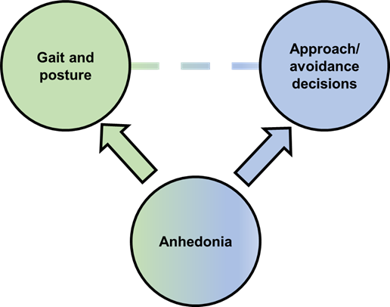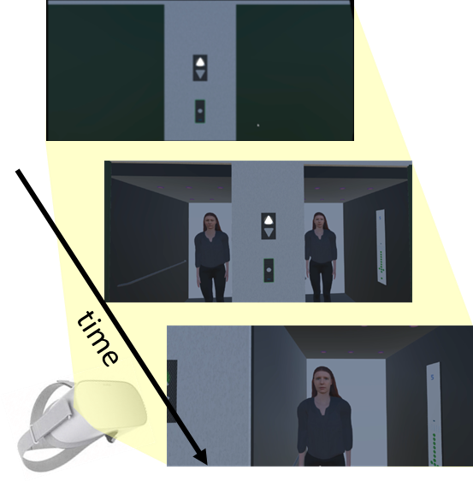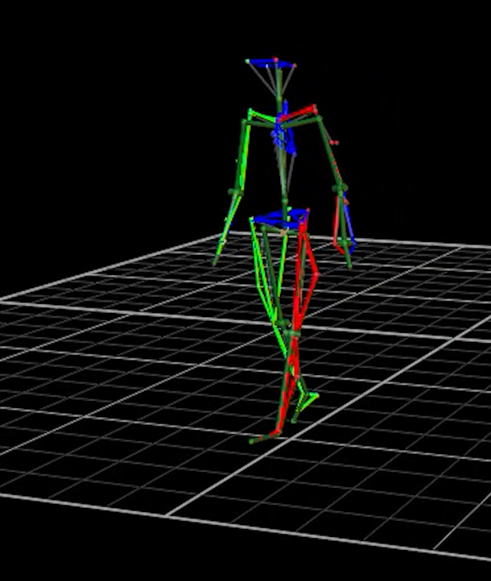Proposal’s context

Difficulties in social interactions are common in Major Depressive Disorder (MDD), affecting relationships with partners and friends and severely impacting patients’ quality of life. Social difficulties relate specifically to one of the two core symptoms of depression, anhedonia, i.e., the lack of motivation and/or pleasure for rewarding activities. Anhedonia affects the way emotional expressions of others are taken into account in social decisions and is often associated with severe impairments in social functioning. Despite the centrality of socio-emotional behavior for well-being, to date, objective behavioral markers of (mal)adaptive decision-making in socio-emotional contexts are lacking, in both the general population and in patients with depression. Yet, at the behavioral level, depression in both the general population and patients is associated with changes in posture and gait, which can be observed in laboratory contexts and in daily life. Moreover, there is preliminary evidence that these motor changes specifically correlate with reduced positive affect and anhedonia, due to common neural determinants in fronto-striatal dopaminergic circuits.
Hypothesis and methods
WANDERS’ research hypothesis is that anhedonia in the general population and in individuals with MDD causes changes in posture/gait parameters as well as in socio-emotional decision-making. Therefore, anhedonia-related motor changes can serve as behavioral markers of social decisions.
This research hypothesis will be tested in two separate but intertwined work packages: First, we will experimentally induce diminished positive affect (anhedonia) via sleep deprivation in the general population, to measure changes in posture/gait parameters. We will use these motor changes to predict participants’ decisions to approach or avoid individuals expressing emotion (Work Package 1, WP1). Second, and building on results from WP1, WP2 will bring this investigation into the clinic, by studying posture/gait predictors of socio-emotional decisions in a population of MDD patients, as a function of their level of anhedonia. In both WPs, we will take a methodological innovative approach by using whole-body three-dimensional (3D) motion capture of individuals engaged in socio-emotional decision-making in virtual reality (VR).

Predicted outcomes

By the end of this four-year project, we will have: (i) tested a new theoretical model, establishing the relationship between anhedonia, changes in posture/gait parameters and altered socio-emotional decision-making (ii) highlighted behavioral markers of (mal) adaptive socio-emotional decision-making in the general and the clinical population. The project will pave the way for new research and potential clinical applications in terms of objective diagnosis on the medium to long term.
Methodologically, we will have (iii) created a database of emotional avatars to be used in VR tasks and (iii) compared and validated the best markerless motion recording techniques to be used during gait in a virtual environment. In terms of deliverables, this project should result in 4 experimental articles and one review, as well as to several rich databases to be shared with the community.
